Installation and Performance
Rachel Gomme, Independent Artist-Researcher and Performer, London, United-Kingdom
I am an artist working with movement and performance. I am a researcher in performance studies and performance philosophy. And at heart, I am an improviser. In one sense, for me all practice is research. I make a performance to find out what happens. I dance with no pre-set choreography, following where my body and environment (sound, surfaces, audience) lead. I give myself a task to see how my body responds (spend four hours transporting sand one grain at a time; knit for 24 hours; follow a river overnight to the sea). I set up a situation, open it up to an invited or a found audience, with no idea how they might respond. The only way I can find out is through the performance, because my question is the performance situation. I want to know more about what that is and what it can do.
Like all animate beings, my body thinks in movement, orienting in directions of survival – toward light, nourishment, care, rest. In any activity, whether consciously identified as “practice” or not (walking, carrying, turning to look…), my body seeks out the most efficient, the least painful, the most pleasurable path of movement. Like a sculptor minutely adjusting her gestures to the turns and textures of wood or stone, a basket-weaver negotiating the tension of each fibre, my body has always known what research is.
How does this sit with a “research project”? What if I ask a “research question” in the abstract? For example: what is it to be present? How does my body remember? What happens when two people are present together? How do you know you’re here? These are all questions central to my practice. In the position of research, I can think them deeply and draw on rich analyses from many others. I can adopt a philosophical position. But ultimately, they only find an answer in the practice of living bodies. Once again, I set up a situation, invite a finding-out. The thinking I have engaged in, the delving into texts, the conversations I have had, feed into the questions, the framing of the practice. A performance is created that is still a question. The new knowledge arises in bodies, shared through our words but comprehended, held, incorporated through what we do, how we be together.
Indicative bibliography
Gomme, Rachel, “Repetition compulsion: How I learned to love doing it again”, Performance Research 20 (5), 2015, pp. 10-11.
Gomme, Rachel, “One and one”, in The Routledge Companion to Audiences, eds. Matthew Reason, Lynne Conner, Katja Johanson, Ben Walmsley. London: Routledge (2021 forthcoming)
Nelson, Robin, “Practice-as-research and the problem of knowledge”, Performance Research, 11(4), 2006: 105-116.
Sheets-Johnstone, Maxine, The Primacy of Movement (expanded second edition) (Amsterdam, John Benjamins Publishing Company, 2011)
Cite this item: Rachel Gomme, “Practice as Research”, Performascope: Interdisciplinary Lexicon of Performance and Research-Creation, Grenoble: Université Grenoble Alpes, 2021, [online]: http://performascope.univ-grenoble-alpes.fr/en/detail/177877

